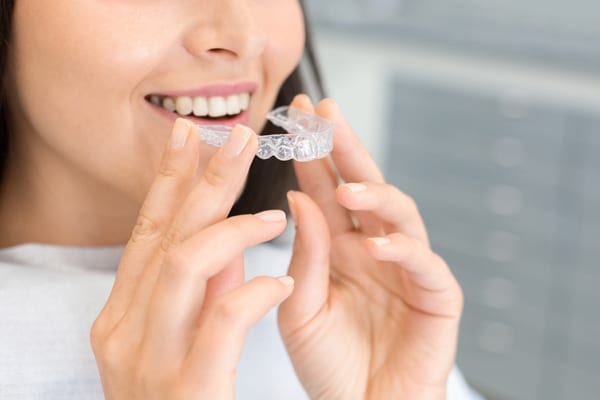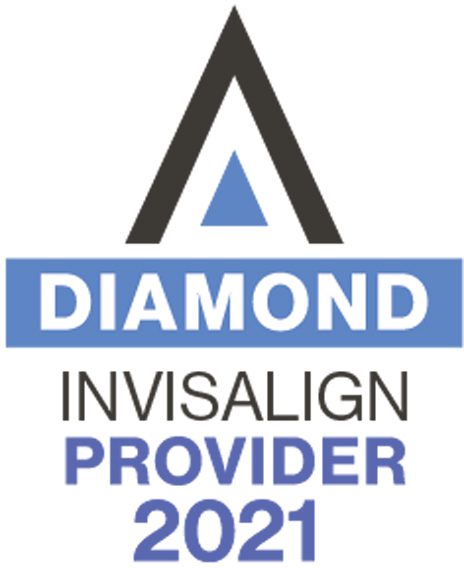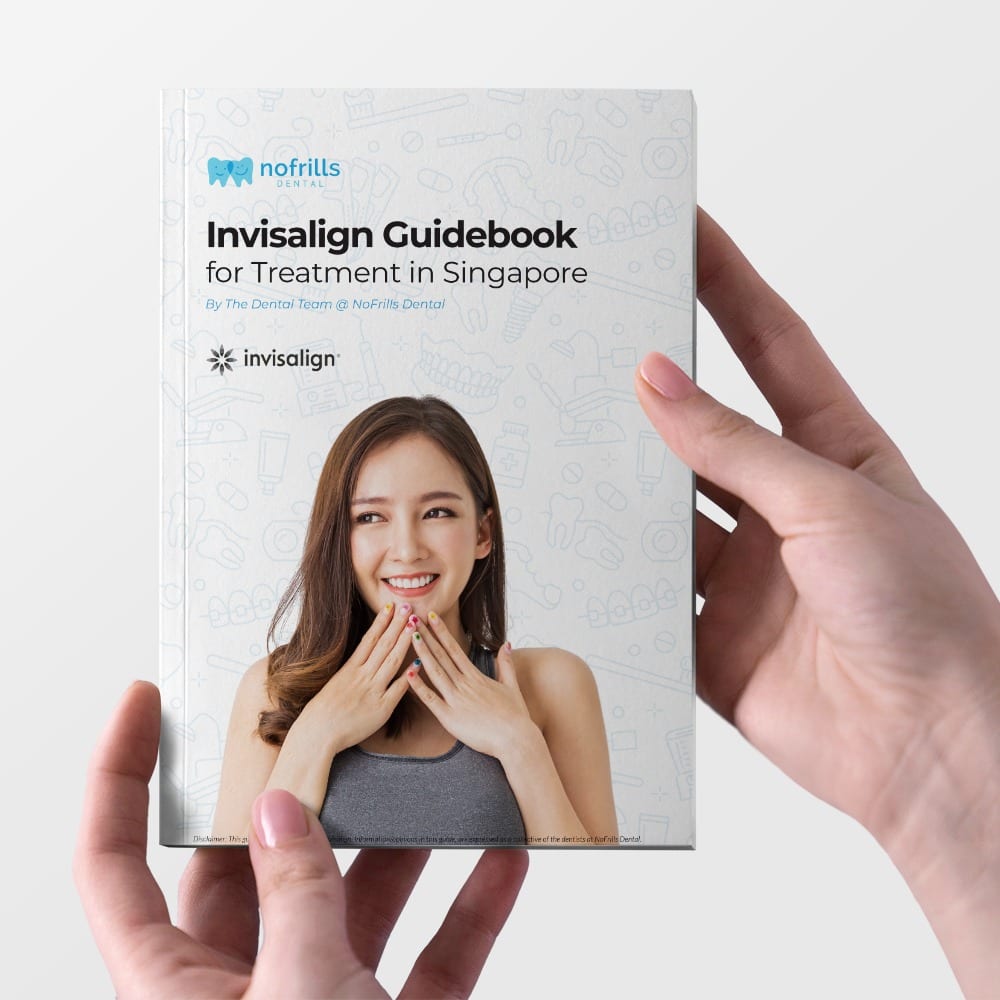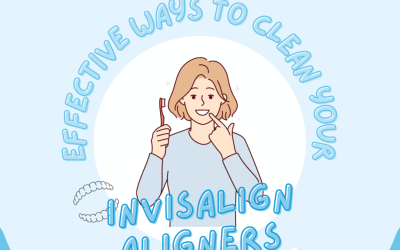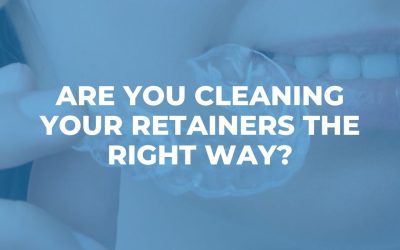Does Invisalign hurt?
Having some pain while on Invisalign? Here’s what you need to know about Invisalign pain.
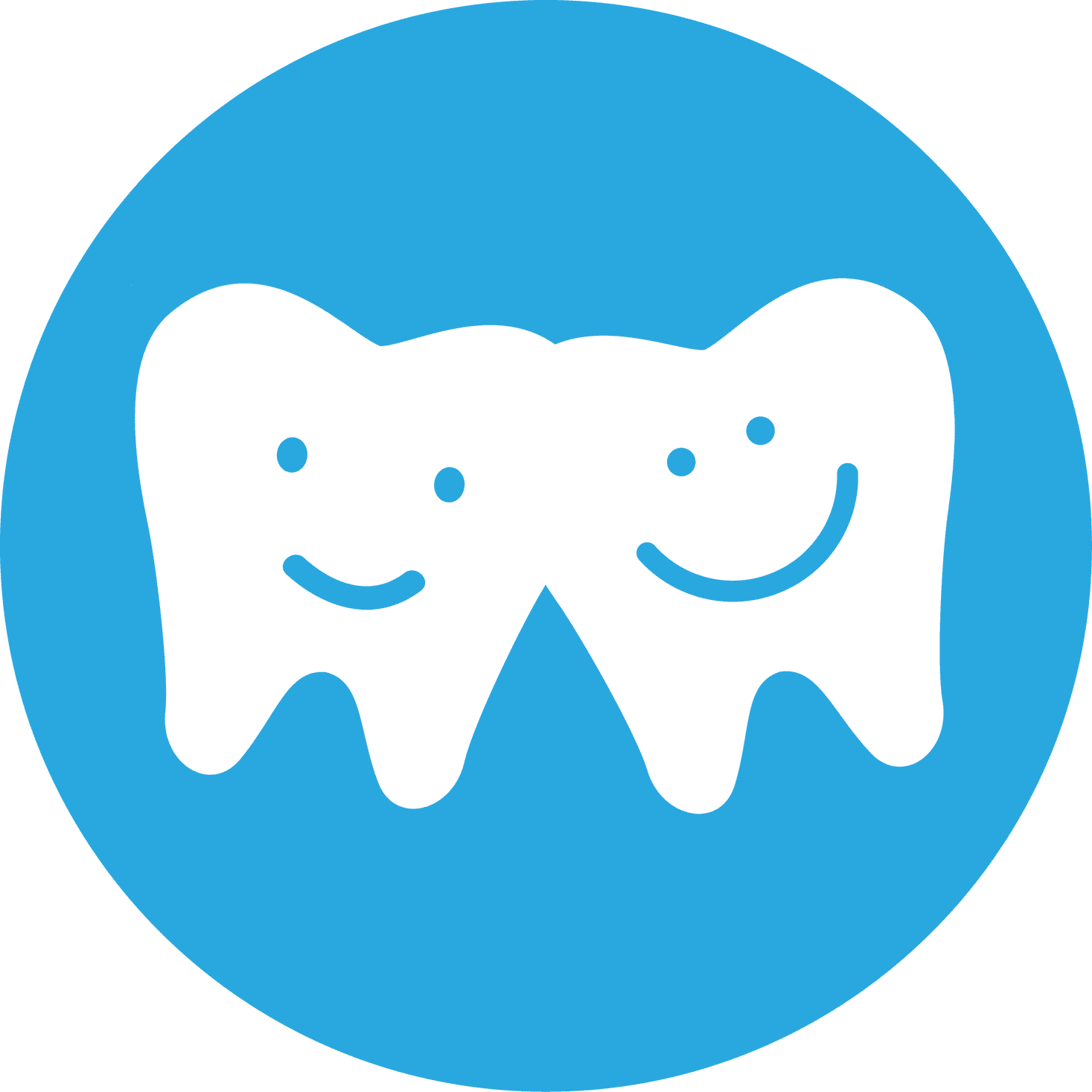
Written by NoFrills Dental
This dental article has been curated by the clinical team @ NoFrills Dental 🙂
July 20, 2021
Understanding Invisalign Pain:
Invisalign aligners have revolutionized the world of orthodontics in Singapore by offering patients a hassle-free and comfortable way for the treatment of misaligned teeth. Many people have willingly chosen Invisalign over traditional metal braces because of their invisibility and removability, thus serving as an amazing aesthetic alternative.
However, one of the most common concerns patients have about their aligners is whether they are a source of discomfort or pain.
- Will my teeth hurt to the point where I cannot eat?
- Will it dig into my gums?
- Are there tips and tricks to make the discomfort subside?
The fear of pain is one of the main factors in preventing adults from starting orthodontic treatment [1]. A few studies have found that 8-30% [2] [3] of patients discontinue orthodontic treatment because of pain experienced during the early stages of their treatment.
This article aims to reassure you that Invisalign will not hurt much as long as you establish a healthy and consistent routine throughout the course of treatment. We also aim to provide you with practical advice on how to deal with the soreness and discomfort on a day-to-day basis.
Does Invisalign cause discomfort?
Discomfort caused by your clear aligners varies from person to person as it is dependent on how much tooth movements are required to shift your teeth into its desired position. Most individuals experience slight localized pain directed towards most of their teeth mainly during the start of their Invisalign journey and when advancing to a new set of aligners [4].
Your trays are meant to be fitted tightly and in a snug position against your teeth for a continuous force to be exerted to allow for gradual tooth movement to take place. These slow and steady tooth movements enable the bone to remodel around each individual tooth which eventually moves it into a straighter position. If you feel a small amount of soreness while wearing your new trays, this means your teeth are shifting into their new position in your jaws. Don’t fret, your treatment is working as planned, and you are one step closer to getting that smile you’ve always dreamed of!
To find out more about orthodontic tooth movement with Invisalign, click here!
Evidence shows that most patients experience a bit of soreness for a couple of days when starting on a new set of trays. It typically takes about a week for most patients to get accustomed to their new set of aligners. A recent study reports that a little more than a third (35%) of the test subjects felt no pain while wearing them and more than half (54%) experienced mild pain following insertion of a new aligner [5].
How do the levels of aligner discomfort compare to that of traditional braces? Based on a study done in 2017, patients who wore traditional metal braces experienced significantly greater discomfort than patients who wore clear aligners during their first week of active treatment. Metal brackets and wires are capable of exerting more force and pressure on teeth than plastic Invisalign aligners. In addition, the same group of patients with traditional braces also reported much more discomfort following their first and second adjustment appointments as compared to those with Invisalign trays [6].
Removable aligners produce less tension, pressure, sensitivity and pain than fixed traditional braces [7]. Since they can be removed by patients themselves for momentary pain relief, they are more tolerable due to the intermittent forces exerted onto their teeth as compared to continuous forces from fixed appliances.
Common types of Invisalign pain and how to deal with them.
Aligner pain can be divided into a few categories based on their respective aetiologies. In this section we provide in-depth explanations on the sources of pain and some practical solutions you can take to alleviate the pain for a seamless and optimal Invisalign journey!
Pain during the first week of treatment
Imagine this: You have been given your first aligners to try on and they fit like a glove. You feel on top of the world as you are one step closer to getting straight and aligned teeth! A few hours in and you notice that they are gradually becoming more uncomfortable as they feel so tight! You think to yourself: is this normal? How long do I have to put up with this?
The first week of Invisalign treatment and the weeks where you will have to transition to a new set of aligners are typically the most uncomfortable. You may experience a substantial amount of aligner soreness around your teeth, jaws and your chewing muscles may feel very tense when biting down and chewing [8].
This discomfort is short-lived and will last about five days to a week.
Pain localized to one specific tooth
Some patients may experience pain associated with a single tooth with each aligner change. A reason for this is that a specific tooth might be more severely rotated in the mouth thus requiring a greater amount of movement and a higher magnitude of force to get it in the right position.
Additionally, a tooth can be moved into a new position where it takes a lot of occlusal (biting) load from the opposing arch and this may contribute to tooth discomfort.
Pain coming from your soft tissues (e.g. Gums or Tongue)
Even though your aligners are custom made to fit into your mouth, they may have an occasional sharp edge or rough spot as a manufacturing fault that can dig into your gums (especially at the beginning of a new tray cycle).
This causes minor soft tissue irritation which heals spontaneously. We recommend getting a few small pieces of orthodontic wax from your dental clinic and placing it in the rough areas to provide you with some relief before visiting your dentist to smoothen out the rough edges with their dental handpieces.
How to deal with Invisalign discomfort.
Here are some basic tips and tricks that you can use to minimize discomfort while on Invisalign.
Create a routine and follow it religiously
As you begin your Invisalign treatment, striving to follow your very own personalized aligner routine that incorporates good hygiene and habits is an essential part in establishing a confident and comfortable journey to your dream smile.
Building up a structured routine will make you feel more in control of your oral health. One of the best ways to alleviate aligner discomfort is to train yourself to persist and be patient! Progress will come naturally if you keep them on as advised for at least 22 hours a day. This ensures as much continuous force to be exerted on your teeth as possible allowing your teeth to shift more during the first few days.
Chewing exercises
A practical tip you can practice on the go to help ease the tightness experienced in your teeth and jaws is to perform gentle, light chewing movements every time you reinsert your trays after eating or rinsing your mouth.
This provides short term relief to your chewing muscles and gums. In addition, this movement stimulates blood flow to your mouth. This blood flow acts as a natural pain reliever and allows your tray to fit more snugly against your teeth [9].
Over the counter medications and soft diet
In the first couple of days after getting your new Invisalign aligner trays, you may want to avoid overly hard and crunchy foods to prevent overworking your chewing muscles. Stick to soft foods that don’t hurt when you bite into them (e.g., scrambled eggs, bread, noodles).
If the pain is getting in the way of your daily activities, you can take over the counter painkillers (Paracetamol or Ibuprofen) or alternating the medications if absolutely necessary. Be sure not to exceed more than 8 Paracetamol tablets over a 24-hour window.
Put on your new aligners just before bed
Aligner pain reaches its peak a few hours after insertion of your new trays. We recommend that patients put in their brand-new aligner sets just before bedtime as you’ll be fast asleep through your initial discomfort [10].
Soft tissue irritations and ulcers
Saltwater mouth rinses and Bonjela gel are your go-to’s when it comes to soothing soft tissue irritations and ulcers caused by those sharp edges from your aligners. During this period, you may want to avoid spicy foods as they can aggravate these lesions.
If you want to read more about how to live your best life with Invisalign, click here
When does Invisalign pain become a real and serious concern?
It is important to distinguish the difference between the discomfort caused by your Invisalign clear aligners and an actual toothache caused by dental decay or infection.
The following symptoms are NOT directly caused by Invisalign:
- Sensitivity to cold, sweet and/or hot foods or drinks
- Throbbing pain that keeps you up at night
Extreme pain upon biting or release - Bad metallic taste in your mouth
- ‘Gum boil’ or small ‘pimple’ on your gums
If you are experiencing any of these symptoms or anything that doesn’t feel right, visit your dentist as soon as you can to get to the root cause of the problem before it gets too late. They will be capable of establishing the cause of your problem in greater detail and look at further treatment options.
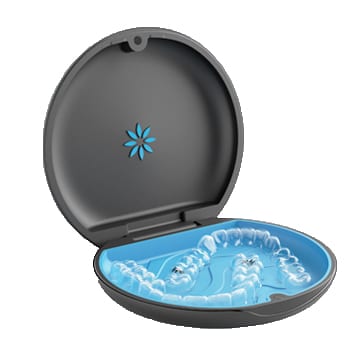
Conclusion: Invisalign Pain.
Invisalign is an amazing treatment option used to straighten misaligned teeth. However, the occasional discomfort that comes with putting on your new set of aligners can be difficult to cope for some. As you become more comfortable with your aligners with time, we can assure you that the pain will eventually subside. You may even develop your own knacks and tricks to deal with it! Always remember – short term pain for long term gain! You will look back at this journey with your new million-dollar smile and realize that the pain you endured was for the best result ever!

References
- Oliver RG, Knapman YM. Attitudes to orthodontic treatment. Br J Orthod. 1985;12(4):179-188. doi:10.1179/bjo.12.4.179
- Patel V. Non-completion of Active Orthodontic Treatment. Br J Orthod. 1992;19(1):47-54. doi:10.1179/bjo.19.1.47
- Lew KK. Attitudes and perceptions of adults towards orthodontic treatment in an Asian community. Community Dent Oral Epidemiol. 1993;21(1):31-35. doi:10.1111/j.1600-0528.1993.tb00715.x
- Kit D. When does Invisalign stop hurting? – Teeth FAQ Blog. Teethfaq.com. https://www.teethfaq.com/invisalign-stop-hurting/. Published 2018. Accessed July 14, 2021.
- Nedwed V, Miethke R. Motivation, Acceptance and Problems of Invisalign Patients. Journal of Orofacial Orthopedics / Fortschritte der Kieferorthopdie. 2005;66(2):162-173. doi:10.1007/s00056-005-0429-0
- White DW, Julien KC, Jacob H, Campbell PM, Buschang PH. Discomfort associated with Invisalign and traditional brackets: A randomized, prospective trial. Angle Orthod. 2017;87(6):801-808. doi:10.2319/091416-687.1
- Sergl HG, Klages U, Zentner A. Pain and discomfort during orthodontic treatment: causative factors and effects on compliance. Am J Orthod Dentofacial Orthop. 1998;114(6):684-691. doi:10.1016/s0889-5406(98)70201-x
- Does Invisalign Hurt? Pain Level and More. Healthline. https://www.healthline.com/health/dental-and-oral-health/does-invisalign-hurt. Published 2021. Accessed July 15, 2021.
- 6 Invisalign Tips and Tricks for Surviving Your First Week. Movemints. https://www.dentalmovemints.com/blogs/invisalign-tips-and-tricks/invisalign-tips-and-tricks-for-your-first-week. Published 2019. Accessed July 15, 2021.
- Tips to Reduce Invisalign Pain – Minerva, OH – Dowell Dental Group. Dowelldental.com. https://www.dowelldental.com/blog/2019/07/20/tips-to-reduce-discomfort-during-200499. Published 2019. Accessed July 15, 2021.
Are you looking to get started on your Invisalign journey?
NoFrills Dental is powered by a dedicated group of highly-experienced clinicians .
In recognition of our expertise in Invisalign treatment. We’ve been awarded the Invisalign Diamond Provider Award for the year of 2020 and 2021.
If you’ve have any questions queries about Invisalign procedure, please feel free to give us a call.
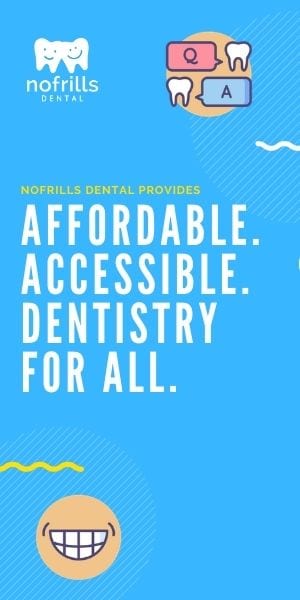
Understanding Invisalign Pain:
Invisalign aligners have revolutionized the world of orthodontics in Singapore by offering patients a hassle-free and comfortable way for the treatment of misaligned teeth. Many people have willingly chosen Invisalign over traditional metal braces because of their invisibility and removability, thus serving as an amazing aesthetic alternative.
However, one of the most common concerns patients have about their aligners is whether they are a source of discomfort or pain.
- Will my teeth hurt to the point where I cannot eat?
- Will it dig into my gums?
- Are there tips and tricks to make the discomfort subside?
The fear of pain is one of the main factors in preventing adults from starting orthodontic treatment [1]. A few studies have found that 8-30% [2] [3] of patients discontinue orthodontic treatment because of pain experienced during the early stages of their treatment.
This article aims to reassure you that Invisalign will not hurt much as long as you establish a healthy and consistent routine throughout the course of treatment. We also aim to provide you with practical advice on how to deal with the soreness and discomfort on a day-to-day basis.
Does Invisalign cause discomfort?
Discomfort caused by your clear aligners varies from person to person as it is dependent on how much tooth movements are required to shift your teeth into its desired position. Most individuals experience slight localized pain directed towards most of their teeth mainly during the start of their Invisalign journey and when advancing to a new set of aligners [4].
Your trays are meant to be fitted tightly and in a snug position against your teeth for a continuous force to be exerted to allow for gradual tooth movement to take place. These slow and steady tooth movements enable the bone to remodel around each individual tooth which eventually moves it into a straighter position. If you feel a small amount of soreness while wearing your new trays, this means your teeth are shifting into their new position in your jaws. Don’t fret, your treatment is working as planned, and you are one step closer to getting that smile you’ve always dreamed of!
To find out more about orthodontic tooth movement with Invisalign, click here!
Evidence shows that most patients experience a bit of soreness for a couple of days when starting on a new set of trays. It typically takes about a week for most patients to get accustomed to their new set of aligners. A recent study reports that a little more than a third (35%) of the test subjects felt no pain while wearing them and more than half (54%) experienced mild pain following insertion of a new aligner [5].
How do the levels of aligner discomfort compare to that of traditional braces? Based on a study done in 2017, patients who wore traditional metal braces experienced significantly greater discomfort than patients who wore clear aligners during their first week of active treatment. Metal brackets and wires are capable of exerting more force and pressure on teeth than plastic Invisalign aligners. In addition, the same group of patients with traditional braces also reported much more discomfort following their first and second adjustment appointments as compared to those with Invisalign trays [6].
Removable aligners produce less tension, pressure, sensitivity and pain than fixed traditional braces [7]. Since they can be removed by patients themselves for momentary pain relief, they are more tolerable due to the intermittent forces exerted onto their teeth as compared to continuous forces from fixed appliances.
Common types of Invisalign pain and how to deal with them.
Aligner pain can be divided into a few categories based on their respective aetiologies. In this section we provide in-depth explanations on the sources of pain and some practical solutions you can take to alleviate the pain for a seamless and optimal Invisalign journey!
Pain during the first week of treatment
Imagine this: You have been given your first aligners to try on and they fit like a glove. You feel on top of the world as you are one step closer to getting straight and aligned teeth! A few hours in and you notice that they are gradually becoming more uncomfortable as they feel so tight! You think to yourself: is this normal? How long do I have to put up with this?
The first week of Invisalign treatment and the weeks where you will have to transition to a new set of aligners are typically the most uncomfortable. You may experience a substantial amount of aligner soreness around your teeth, jaws and your chewing muscles may feel very tense when biting down and chewing [8].
This discomfort is short-lived and will last about five days to a week.
Pain localized to one specific tooth
Some patients may experience pain associated with a single tooth with each aligner change. A reason for this is that a specific tooth might be more severely rotated in the mouth thus requiring a greater amount of movement and a higher magnitude of force to get it in the right position.
Additionally, a tooth can be moved into a new position where it takes a lot of occlusal (biting) load from the opposing arch and this may contribute to tooth discomfort.
Pain coming from your soft tissues (e.g. Gums or Tongue)
Even though your aligners are custom made to fit into your mouth, they may have an occasional sharp edge or rough spot as a manufacturing fault that can dig into your gums (especially at the beginning of a new tray cycle).
This causes minor soft tissue irritation which heals spontaneously. We recommend getting a few small pieces of orthodontic wax from your dental clinic and placing it in the rough areas to provide you with some relief before visiting your dentist to smoothen out the rough edges with their dental handpieces.
How to deal with Invisalign discomfort.
Here are some basic tips and tricks that you can use to minimize discomfort while on Invisalign.
Create a routine and follow it religiously
As you begin your Invisalign treatment, striving to follow your very own personalized aligner routine that incorporates good hygiene and habits is an essential part in establishing a confident and comfortable journey to your dream smile.
Building up a structured routine will make you feel more in control of your oral health. One of the best ways to alleviate aligner discomfort is to train yourself to persist and be patient! Progress will come naturally if you keep them on as advised for at least 22 hours a day. This ensures as much continuous force to be exerted on your teeth as possible allowing your teeth to shift more during the first few days.
Chewing exercises
A practical tip you can practice on the go to help ease the tightness experienced in your teeth and jaws is to perform gentle, light chewing movements every time you reinsert your trays after eating or rinsing your mouth.
This provides short term relief to your chewing muscles and gums. In addition, this movement stimulates blood flow to your mouth. This blood flow acts as a natural pain reliever and allows your tray to fit more snugly against your teeth [9].
Over the counter medications and soft diet
In the first couple of days after getting your new Invisalign aligner trays, you may want to avoid overly hard and crunchy foods to prevent overworking your chewing muscles. Stick to soft foods that don’t hurt when you bite into them (e.g., scrambled eggs, bread, noodles).
If the pain is getting in the way of your daily activities, you can take over the counter painkillers (Paracetamol or Ibuprofen) or alternating the medications if absolutely necessary. Be sure not to exceed more than 8 Paracetamol tablets over a 24-hour window.
Put on your new aligners just before bed
Aligner pain reaches its peak a few hours after insertion of your new trays. We recommend that patients put in their brand-new aligner sets just before bedtime as you’ll be fast asleep through your initial discomfort [10].
Soft tissue irritations and ulcers
Saltwater mouth rinses and Bonjela gel are your go-to’s when it comes to soothing soft tissue irritations and ulcers caused by those sharp edges from your aligners. During this period, you may want to avoid spicy foods as they can aggravate these lesions.
If you want to read more about how to live your best life with Invisalign, click here
When does Invisalign pain become a real and serious concern?
It is important to distinguish the difference between the discomfort caused by your Invisalign clear aligners and an actual toothache caused by dental decay or infection.
The following symptoms are NOT directly caused by Invisalign:
- Sensitivity to cold, sweet and/or hot foods or drinks
- Throbbing pain that keeps you up at night
Extreme pain upon biting or release - Bad metallic taste in your mouth
- ‘Gum boil’ or small ‘pimple’ on your gums
If you are experiencing any of these symptoms or anything that doesn’t feel right, visit your dentist as soon as you can to get to the root cause of the problem before it gets too late. They will be capable of establishing the cause of your problem in greater detail and look at further treatment options.

Conclusion: Invisalign Pain.
Invisalign is an amazing treatment option used to straighten misaligned teeth. However, the occasional discomfort that comes with putting on your new set of aligners can be difficult to cope for some. As you become more comfortable with your aligners with time, we can assure you that the pain will eventually subside. You may even develop your own knacks and tricks to deal with it! Always remember – short term pain for long term gain! You will look back at this journey with your new million-dollar smile and realize that the pain you endured was for the best result ever!

“
Looking to get started on your brand new & improved smile? Speak to our dentists today!
Our team of experienced dentists are fully dedicated to providing patients with high-quality and affordable dental care. Our dentists are well-versed in the cosmetic dentistry, and highly adept in producing highly aesthetic and long lasting results for all of our patients.
Looking to learn more about Invisalign in Singapore?
Download a copy of the Invisalign Guidebook 2021.
Schedule an appointment
We’ll get back to you within 24 hours.
Our Dental Clinics
We are conveniently located at these locations:
NoFrills Dental @ Suntec City
3 Temasek Boulevard
Suntec City (North Wing)
#03-317
Singapore 038983
NoFrills Dental @ Marina Square
6 Raffles Boulevard,
Marina Square,
#B1-11
Singapore 039594
Related Posts
Effective ways to clean your Invisalign Aligners
The advanced technology of Invisalign aligners has made them a hugely popular alternative to braces for straightening teeth, among teens and adults alike.
These clear plastic appliances are more comfortable and virtually unnoticeable in the mouth, and have the further advantage of removability for brushing and flossing and meals and snacks. And they can fix less complex orthodontic problems up to twice as fast as braces.
How to Clean Retainers: For Removable and Permanent Retainers
Retainers sit inside of your mouth and come into direct contact with your teeth. Bacteria, plaque and tartar can quickly accumulate inside of your retainers if they’re not cleaned properly and regularly. Just like your regular teeth, it’s important to clean your retainers everyday.
ClearCorrect vs Invisalign
In this article, we compare two popular clear aligner companies: Invisalign and ClearCorrect. They are two of the most renown in-office clear aligner companies that boast a strong track record of results. Both sets of aligners aim to straighten misaligned teeth and correct jaw discrepancies, however, the process to getting to an ideal end result (i.e., straight teeth and aligned jaws) varies slightly.


